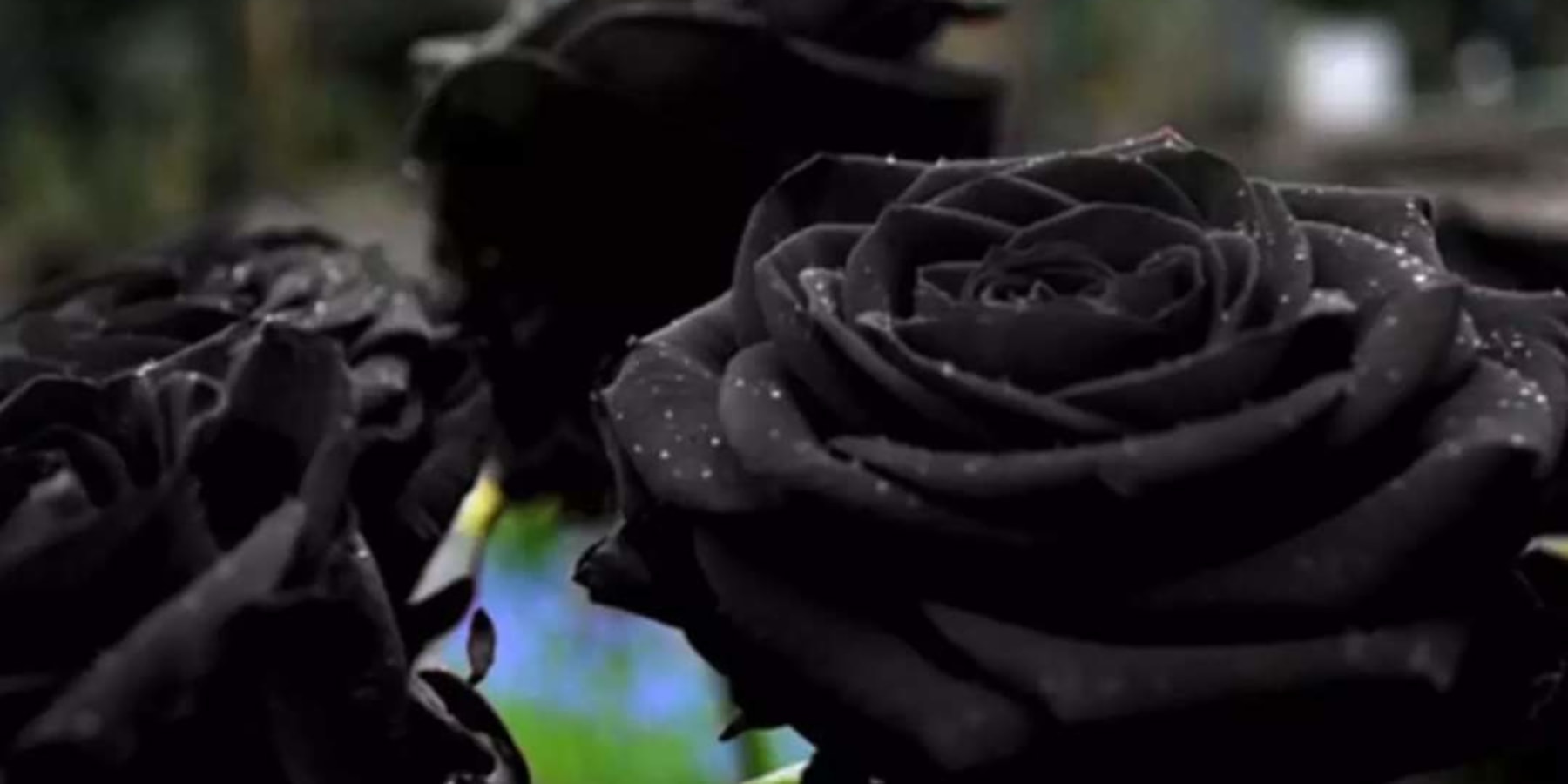
We will start with the history of the Rumkale as the history of the Halfeti and the Rumkale are explained together.
The Birecik Dam established in 2000, and the Old Halfeti was buried in the waters of the Euphrates. Halfeti is also one of the Cittaslow cities established in Italy.
Written in 855 (in the Assyrian inscriptions), during the reign of Salmanassar III, who rebuilt the new Assyrian kingdom with wars. He added a high mountain called Şitamrat on the banks of the Euphrates to his lands and took away all the spoils. Some sources say that the Şitamrat was Rumkale. It is known that the castle took its final shape during the Mamluk period. Rumkale is known by many names in history (Şitamrat, Urima, Urumgala, Hesna dhe Romaye, Kal’ at ül Rum, Kal’ at ül müslimin, kente Kale-i Zerrin, Kal’ a Rhomeyta). The castle is also known for its Barşavma Monastery, Saint Nerses Church, masjid and deep spiral well.
The castle is in the form of a peninsula since it was built at the intersection of 2 rivers (Euphrates and Marziman). The only connection to the land is to the south, and at this connection, there is a wide and deep moat dug by man to prevent the castle from being captured. The Monastery of Barşavma Monastery is to the north of the flooded citadel. The Saint of Yakubi Barşavma had it made in the 13th century. Some parts of the two adjacent construction have stayed till today. Its northern part is formed by a mass rock. This place plays an important role in the history of Christianity since Yohannes, one of the disciples of Christ, came to Rumkale and broadcasted the religion here during the Roman Period. That Yohannes hid one of the copies of the Holy Bible into a cave in Rumkale and then the copies were taken from here to Beirut is being told.
The 8-meter-wide and 75-meter-long water well in the Rumkale goes down to the level of the Euphrates. It is thought that the well was used for water supply or sneaking out of the castle.
Although it is said in some sources that black rose was first produced in France during the Louis XIV period, both climate and soil conditions prove that it is the Halfeti is the homeland of the black rose.
"Black Roses" are known as the master of roses. Saying "Lord of the roses" has another meaning; The black colour is a combination of all colours, as it gets lighter, the other colours emerge. Every colour in roses has a meaning; it is generally a symbol of happiness, love, peace and beauty. However, the black colour represents sadness and nobility in general. It is an expression of mourning, sadness and sensuality.

